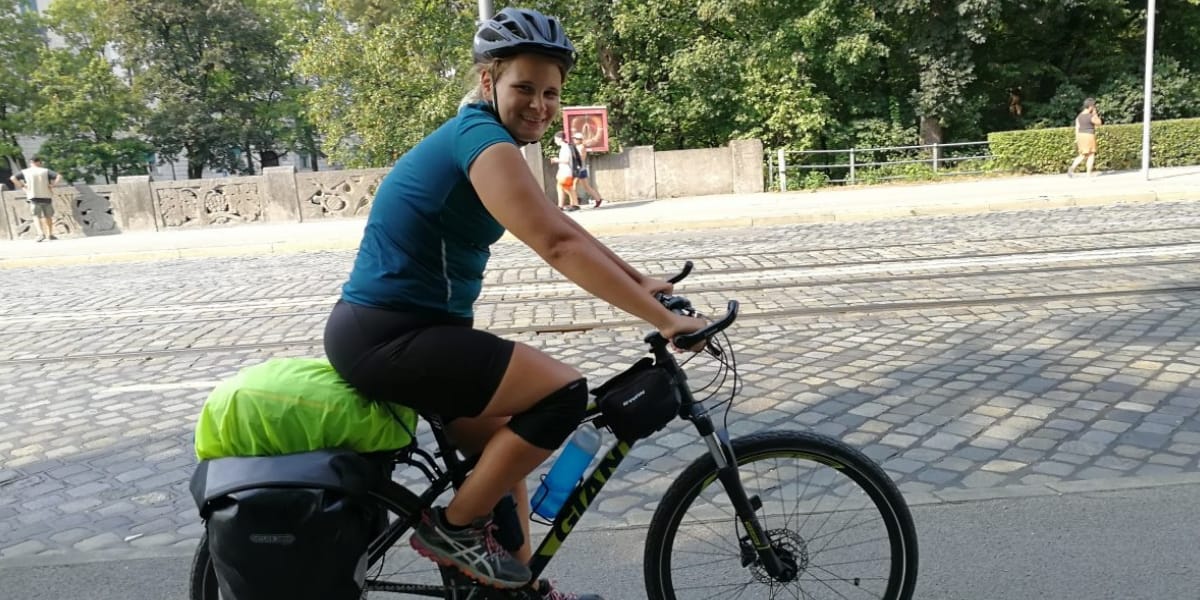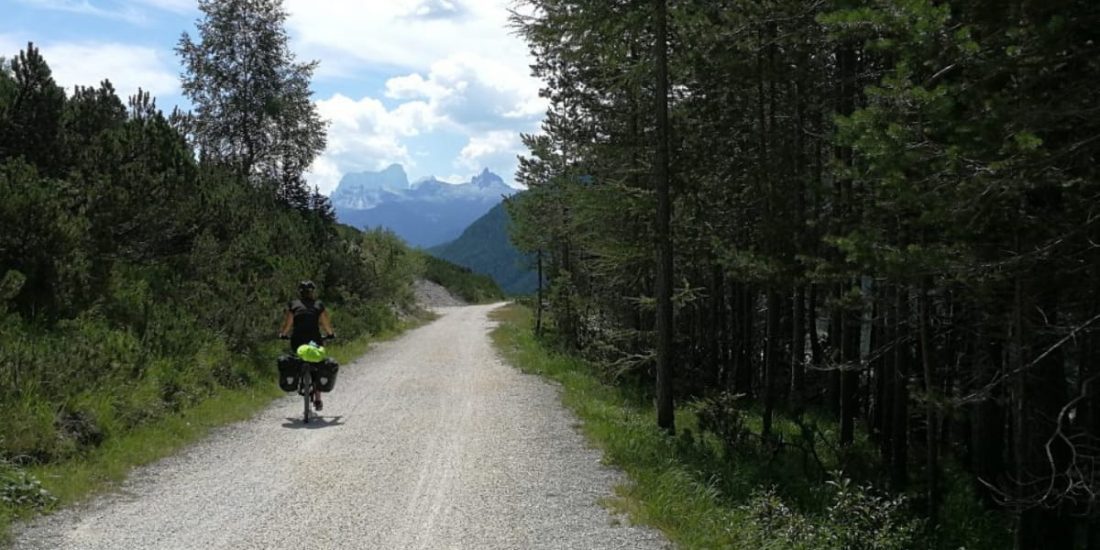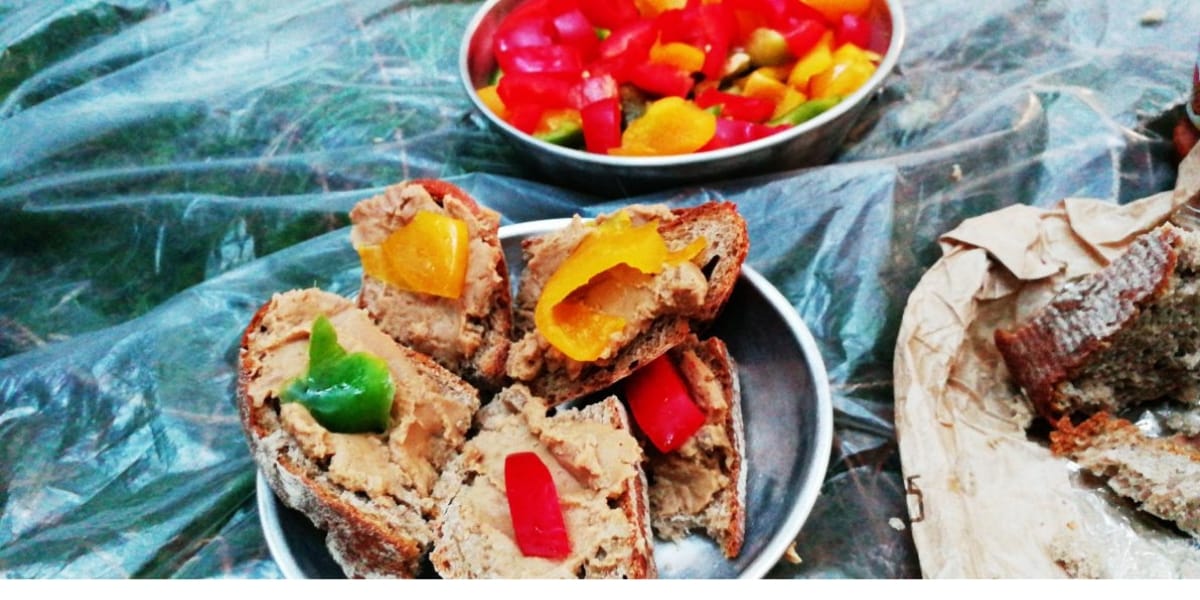
MTB roaming: how to prepare?
Content
Do you want to go on a cycling trip but don't know where to start?
In this article, we will answer the following questions:
- Which bike to choose without leaving your hands in it?
- What equipment do I need to take with me in addition to my usual equipment?
- How to transport material efficiently?
- Where to go while avoiding galleys?
- What is a typical day on a bike trip?
Which bike should you choose?
It depends on the route you choose and your budget.
Of course ... but it doesn't help you much in solving the problem.
If you are there, you probably never left.
Let's say you don't want to invest two salaries on a touring bike, so you need an inexpensive bike that can adapt to any type of road or trail.
When you travel by bike, you are not always close to your mount, be it a visit or even a purchase, and if your new traveler is stolen when you broke your piggy bank to afford it, there will be something more disgusting. than one!
We found the bike type to meet these expectations: semi-rigid mountain bike.
This ensures that you are never limited in your ability to go wherever you want. In recent years, stability has improved a lot, especially with the "wide" handlebars. Entry-level mountain bikes (€ 400-1000) almost all have the lugs needed to attach a trailer. They are also relatively tough.
For having ridden 750km of the top-notch Bianchi, whose chainstays shifted 2cm with each pedal stroke due to the weight of the racks, I guarantee that having a bike with stiff lateral stiffness is a pleasure.
To avoid too much loss of performance on the road, it is recommended to use tires with a smooth profile. Schwalbe marathons are popular with cyclists, and so are we!
Finally, bar ends such as spring grips allow you to reposition yourself with minimal excess weight and no excess weight.

What equipment do I need to take with me?
In addition to the tips in the long-term travel guide, if you want to be independent and go wherever you want freely, you absolutely need something to sleep and cook.
- A lightweight tent such as the QuickHiker Ultra Light 2 is highly recommended to keep you dry at the lowest cost.

- A light alcohol or gas stove is necessary with one or two meals a day.
- The water filter weighs only 40 g and will allow you to work autonomously in water.
- Grain bars, fruit spreads, and the like are also very helpful.
- You will need technical clothing that is lightweight and quick-drying.
How to efficiently transport material on an ATV?
You have two options:
- bags
- trailer
We tested both.
The trailer allows you to take more things and is easier to put on and take off your bike.
Saddlebags require a rack mount. Empty, they are much lighter than a trailer and allow you to go wherever you go. The trailer is problematic in narrow passages, on slopes, on sidewalks ...
Finally, public transport does not like trailers, this last argument made us tilt our choice in favor of bags .
Where to go while avoiding galleys?

For the first trip, choosing the marked route is safe. There is, for example, the EuroVelo network, as well as many regional routes such as Munich-Venice, Veloscenia, Loire-a-Velo, Canal du Midi ...
The OpenCycleMap basemap is especially suitable for creating a route.
The Opentraveller website allows you to automatically get a route between 2 points, taking into account the type of bike: mountain, bike or road.
A typical day for a bike traveler in pairs
8 hours : Awakening. Olivier takes care of breakfast, he lights the stove to heat the water. Claire puts things in the tent, a sleeping bag, pillows and mattresses in their bedspreads. We have breakfast, usually bread, fruit and jam. Getting ready, putting out the tent and putting everything back into the saddlebags.
10 h : Departure ! We are swallowing the first kilometers to our future destination. Depending on the weather and our energy, we drive from 3 to 4 hours. The goal is to run as many miles as possible in the morning. It's a matter of personal choice, we prefer cycling in the morning because leaving after the lunch break is often difficult. In addition, at the end of the day we have time to walk and visit. You should also consider the weather.
13h:  Time to eat! We have a picnic at noon. On the menu: bread, pasty spices, easy-to-eat vegetables (cherry tomatoes, cucumbers, peppers, etc.). When you go outside during the day, fruits and vegetables may seem heavy and overkill, but ultimately they are necessary. In addition, the water in tomatoes, cucumbers and melons can help restore water balance, which should not be neglected. After eating we take a short break to rest and plan our accommodation. The advantage of booking accommodation for lunch is that it allows us to adapt the scene to our fatigue. In addition, in the European countries that we have passed through, we have never had any problems finding a place to sleep. We prefer camping, but we also like to alternate Airbnb, bed and breakfast, and hotels.
Time to eat! We have a picnic at noon. On the menu: bread, pasty spices, easy-to-eat vegetables (cherry tomatoes, cucumbers, peppers, etc.). When you go outside during the day, fruits and vegetables may seem heavy and overkill, but ultimately they are necessary. In addition, the water in tomatoes, cucumbers and melons can help restore water balance, which should not be neglected. After eating we take a short break to rest and plan our accommodation. The advantage of booking accommodation for lunch is that it allows us to adapt the scene to our fatigue. In addition, in the European countries that we have passed through, we have never had any problems finding a place to sleep. We prefer camping, but we also like to alternate Airbnb, bed and breakfast, and hotels.
14h : It's off again this afternoon! When we are no longer very far from our destination, we stop shopping. We buy dinner, breakfast and lunch the next day.
17h : Arrive at accommodation! If it's a camping or bivouac, we put up a tent, then take a shower. We take the opportunity to make laundry that will dry in the last rays of daylight. We walk around the camp depending on our mood. Then it's lunch, planning the next day, and sleep!
